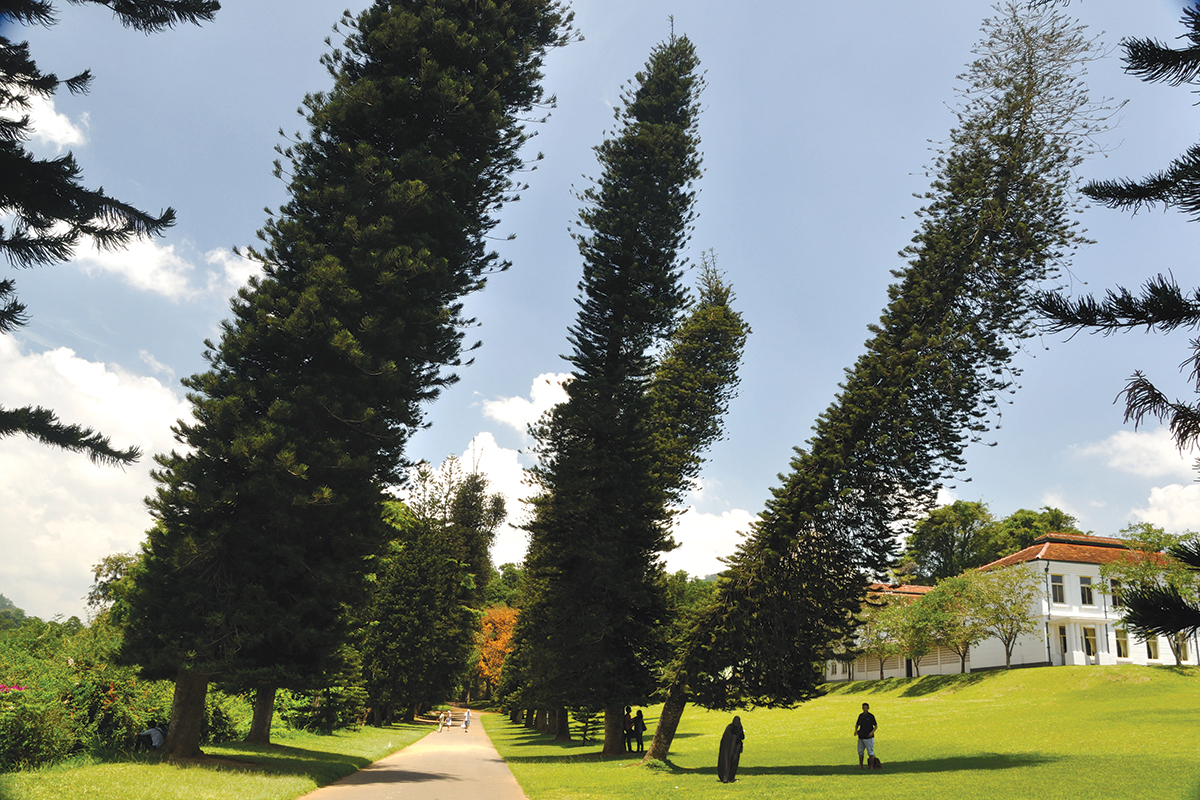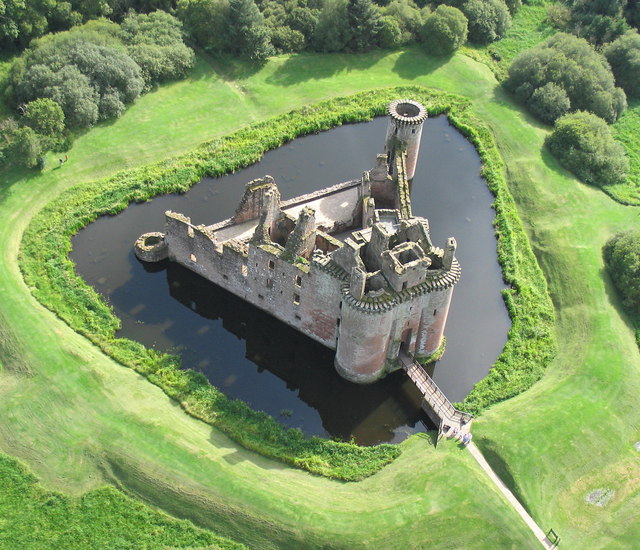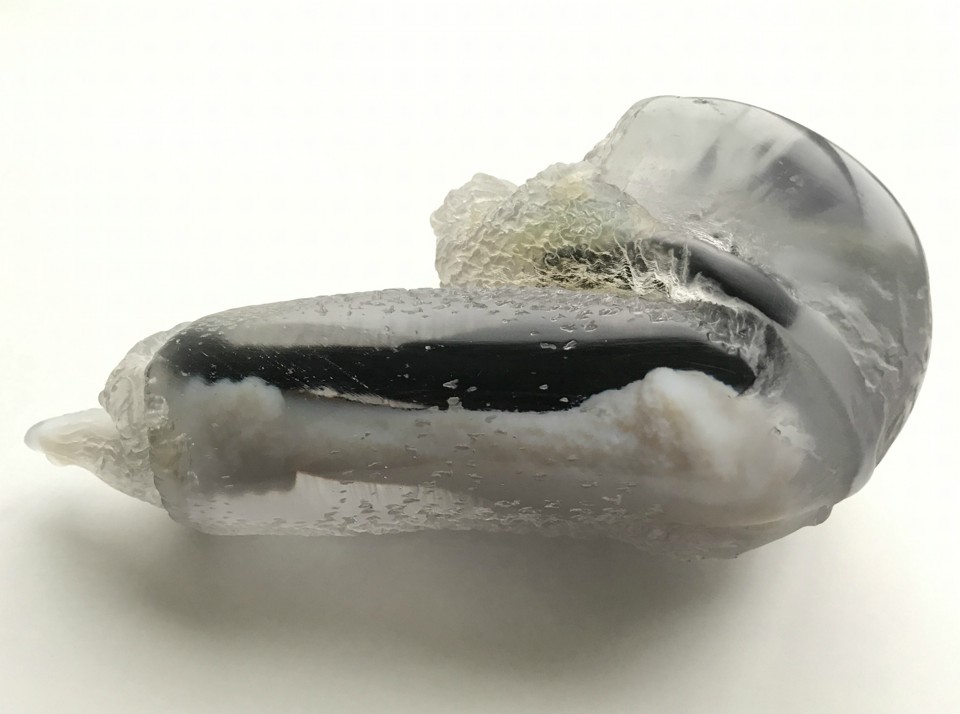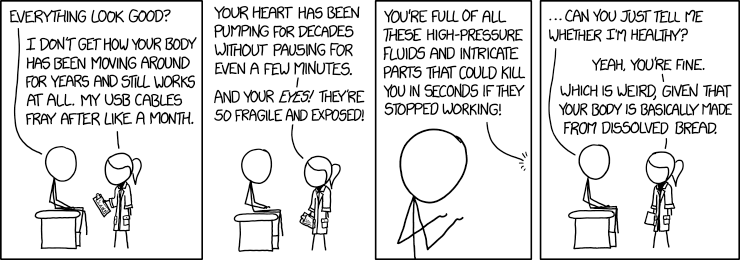So here’s our round-up of links to items which have caught our attention in the last month. There’s a lot in this month, so here goes …
Science & Medicine
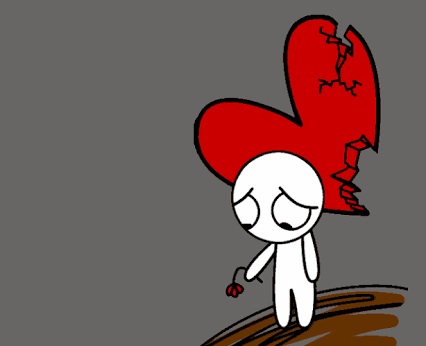 Suspicious that expiry dates on products are a nonsense? Well that might be justified for some drugs.
Suspicious that expiry dates on products are a nonsense? Well that might be justified for some drugs.
The expected continual rise in life expectancy is slowing down. A leading medic suggests austerity is to blame.
It seems like what you always suspected may be true: a broken heart may damage your health.
We all know that cats purr. But do they purr only for our benefit?
An American veterinary service is working on making vet visits stress and fear free for nervous pets.
You thought plague was a thing of the past? Wrong. It is still alive and well in the American Southwest. Here’s the story of how one biologist tracks and identifies plague outbreaks before there’s harm to humans. [Long read]
Flying ants all seem to emerge on the same day. But do they?
Sexuality
Good news, lads! Science says you should masturbate 21 times a month – not that you needed an excuse! (Well actually they mean you should ejaculate that often; not necessarily the same thing.)
Environment
Jason Hickel in the Guardian posits that even if we all adhere to the Paris climate deal that isn’t going to be enough to save us – our future depends on de-growth
There’s a plan to reintroduce Eurasian lynx to the Kielder Forest.
Art & Literature
Worried about your books? Why not protect your library the medieval way with horrifying book curses?
History, Archaeology & Anthropology
Archaeologists are suggesting that a find of buried tools and pigments means humans reached Australia 65,000 years ago – that’s 18,000 years earlier than previously thought.
Yes, we knew the Romans had concrete. And now we know why it was so good that it still stands today when our modern concrete decays.
Infertility isn’t just a modern phenomenon. The mediaevals recognised it and realised that it could be the man at fault rather then the women – not really surprising as many in medieval times believed the embryo originated solely from the man. Oh and in true medieval style they concocted some horrid cures.
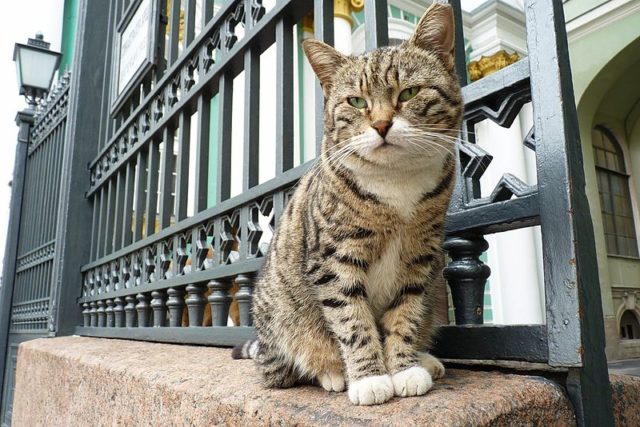
The Russian Hermitage Museum employs 74 cats just to keep its basements mice-free.
London
IanVisits investigates a south London experiment in tube tunnelling.
Lifestyle & Personal Development
What brings you happiness? Money? Stuff? Time? Surprisingly research is suggesting that you can gain the most happiness from freeing up time, even if that is paying someone to do things for you so you have the time to devote elsewhere.
So how often should you wash your bed sheets? A microbiologist looks at the problem.
On a similar note, here are a few suggestions for getting rid of pests and bugs the Buddhist way. While I can see some of this would work, a lot does seem rather unlikely.
To me this seems like a non-question: should teachers be allowed to have tattoos? Well why shouldn’t they; isn’t it all part of the life we’re supposedly educating our kids to navigate?
From which it is but a short step to asking whether witches are the ultimate feminists.
Shock, Horror, Humour
Two amusements to conclude this month …
An American researcher has used a neural network to generate a whole host of quaint, and sometimes rude, British place names.
And finally this summer’s latest fashion trend: Glitter Boobs …


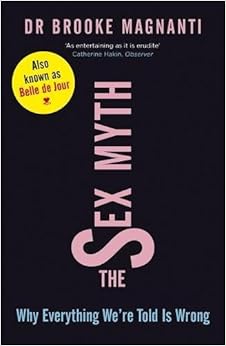 Don’t let the “science” label put you off. Yes, Brooke references all her sources but her style is light and eminently readable. She combines her skills in statistics, epidemiology and research with her experiences as a call-girl to blow the lid off what the Agenda Setters and politicians are telling us, thus exposing all the myths surrounding sex in society.
Don’t let the “science” label put you off. Yes, Brooke references all her sources but her style is light and eminently readable. She combines her skills in statistics, epidemiology and research with her experiences as a call-girl to blow the lid off what the Agenda Setters and politicians are telling us, thus exposing all the myths surrounding sex in society.
